Who is the real Maria Clara? Part 2 of 2 parts.
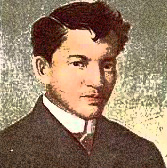
If there has to be a single adjective for Maria Clara of the Noli Me Tangere, it cannot be ideal because author Dr. Jose Rizal never called her that. He called her pure, beautiful, and brave, but each of these words do not sum her up as well as the word tragic.
Maria Clara the tragic. It is sad to describe her by how she ends but we have to remember her this way because her tragedy offers us a greater lesson.
Through the past century, the image of Maria Clara (MC) as the ideal Filipina strolled outside Rizal’s novels and became more popular than her tragic persona. Generations of students missed recognizing her real character. So, who was the real MC? Let’s begin here with who she wasn’t.
Maria Clara was not a Caricature of a 19th Century Woman
In Part 1 of this post, early 20th century feminists called MC a caricature of a 19th century woman. MC was called weak, demure, and a mere decoration. But, no, Rizal did not make fun of MC. Rizal revealed her depth of character by letting her sing a patriotic song at a picnic. As MC sang about love for country, her audience fell silent and became teary eyed.
Ibarra’s choice of gift to his fiancée was also a clue to the humanity and thoughtfulness of the 20-year-old MC. The gift wasn’t a pretty object but a school that he would build in the town of San Diego.
MC was present at the stone laying ceremony of the school when disaster struck. When she saw that Ibarra had escaped death, she showed her relief by “half-fainting” into her friends.
Was She Really Weak and Prone to Faint?
The second instance when the word faint is mentioned near MC was when Ibarra lunged into the lake to save Elias from the crocodile. Rizal said MC does not faint because “Filipino women do not yet know how.“ The last time the word faint was used in relation to MC was when she felt bad that Ibarra would be jailed because of what she did. She excuses herself from a party at her house by saying she had a “fainting spell.”
MC actually remained conscious throughout the novel. The only occasion where MC did faint was in the imagination of a jealous and lustful Padre Salvi. He thought she fainted and was “snatched up in Ibarra’s arms and disappeared into the darkness.”
Also, it wasn’t just in reference to MC that Rizal used faint and pale. He used the description for other people too. Their European style clothing, in the midst of the tropical heat, may have enhanced the unhealthy pallor of Rizal’s characters. Fanning themselves offered little cooling relief.
We also need to consider that fainting is a symptom of a physical condition and not really attributable to character. This was the 19th century, not everyone was in the pink of health. With the influx of foreigners and a population large enough to sustain communicable illness, the country was rife with disease. Rizal himself was diagnosed with tuberculosis, his real-life beloved Leonor Rivera was sickly, and in a brisk sentence that made me laugh, he killed off fictional Linares with dysentery. (To the 19th century reader, dysentery was cholera just as the mysterious fever from the forest in El Filibusterismo was malaria.)
Now, let’s go and see how the other characters in the novel perceived MC.
Kind, Patriotic, Only a Woman
Her father’s guests most likely remembered her musical talents. Elias, in falling pensive after her song at the picnic, probably thought her to be patriotic. But he merely described her as kind and beautiful when his girlfriend Salome inquired about MC. The chismosas chewing buyo, agreed that she was beautiful. Seeing her on the street, they said she looks like the Virgin!
Now Padre Salvi… well… when he learned MC was home safe, he imagined her “little mouth was smiling, all her features breathed forth virginity, purity, and innocence.” A jealous Ibarra, on the other hand, when he found MC with Linares, murmured as he walked out: “Oh, only a woman after all!” During their last meeting, though, Ibarra changed his opinion and called her an angel.
Maria Clara the Brave steps in
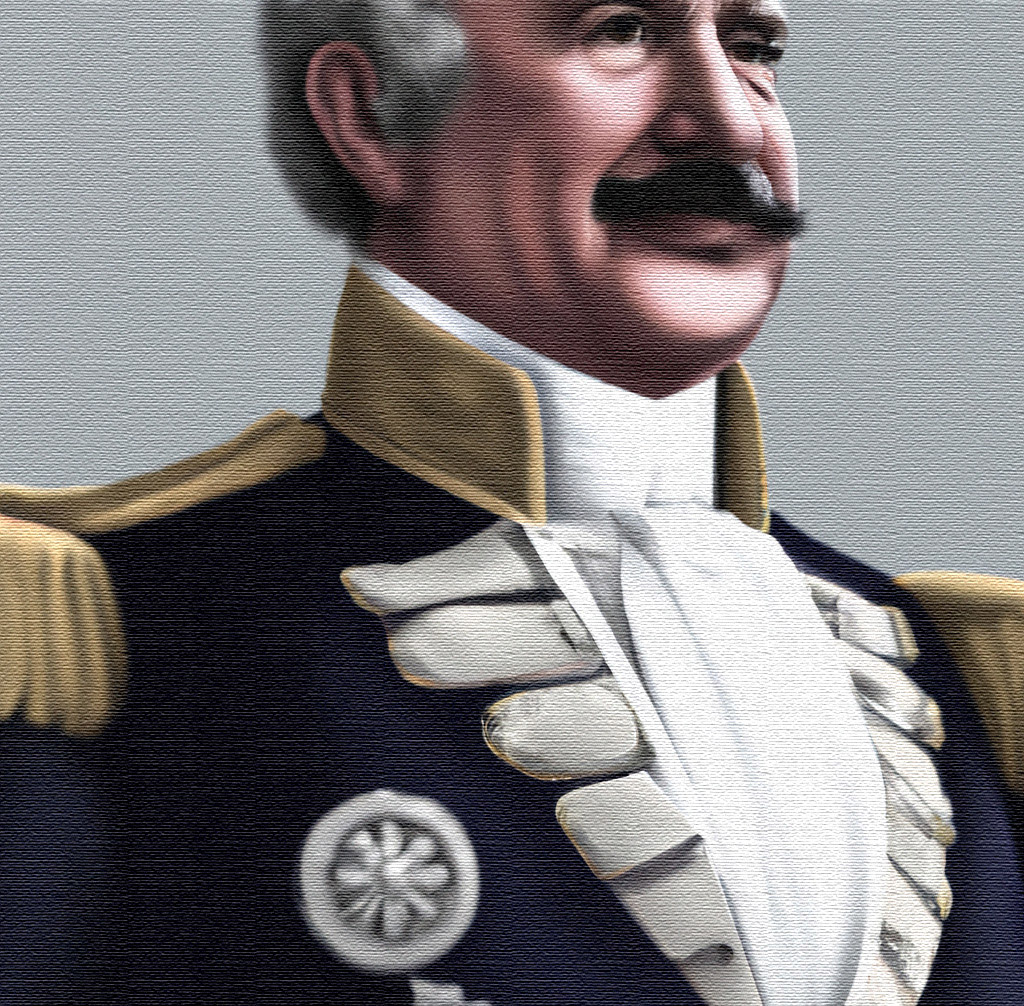
“They spoke of you with respect and admiration and I have wanted to see you and thank you for your beautiful action this afternoon.” — Governor General to Maria Clara
from the Noli Me Tangere, image by DALL-E AI.
The act that earned her the description of most virtuous of daughters — meaning courageous — was when MC stopped Ibarra from attacking Padre Damaso. It was at a party with many guests when Damaso incited Ibarra by insulting the memory of his father. The enraged Ibarra terrified everyone in the room, they feared he would stab Damaso in the neck. No one did anything to stop Ibarra, only MC dared to step in.
Rizal created a brave woman. Brave, however, is rarely used to describe her. Pure, though, often comes up.
Her Purity, In the Novels
The first time we meet her in the novel… “She was white, perhaps too much so, and whenever she raised her downcast eyes there shone forth a spotless soul.”
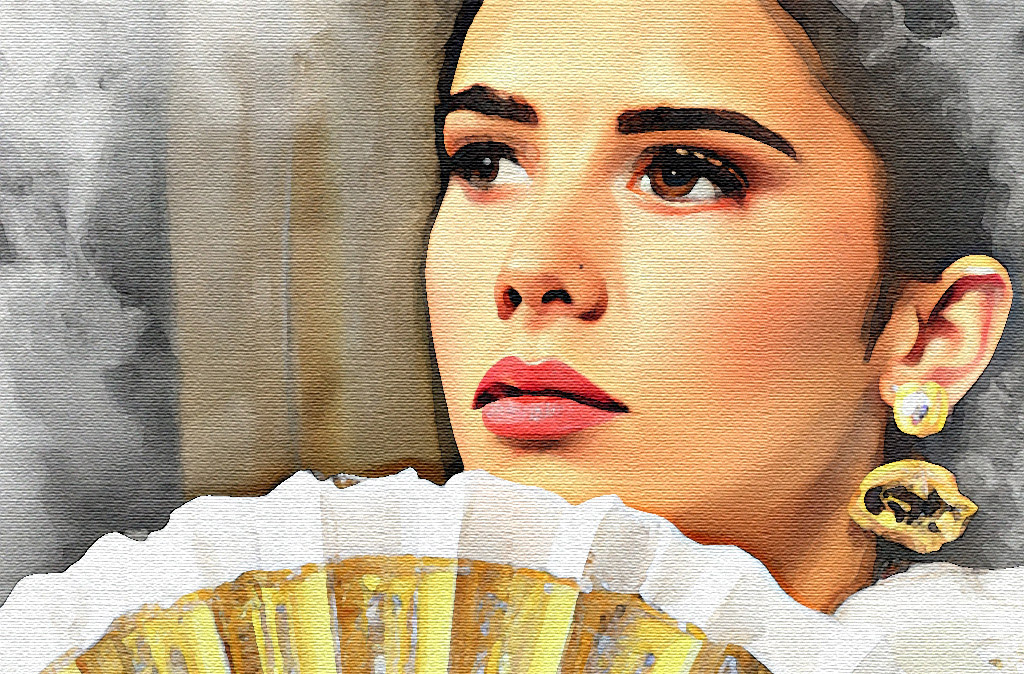
Midway through the novel, at the start of the chapter At Nightfall, she is described as “having never been conscious of any but pure thoughts.” MC had just moved out of convent school. She sees the world as “good and beautiful” as she walks around with her friends rediscovering her town. Based on this outlook, we can assume that her father sheltered her in the cloister and from his opium business.
Perhaps to clarify that purity is not equivalent to being a prude or a shrinking violet, Rizal made MC ask her friend Sinang about the two young men she sees during their walk.
The pleasant afternoon turned sad as the chapter closes. MC sees a leper whom she gifts with her jeweled locket. She also sees the arrest of the mentally disturbed Sisa. When MC realized that not everyone is happy, her mood changed. All in a day, we see her grow out of her cloistered youth. She discovered sad realities and engaged in charity.
Salvi defiles MC in the convent
The rape of MC by Salvi is implied by Rizal. In her death, though defiled, Rizal reiterated her purity. Her defilement, after all, was by force while her purity was by choice. Rizal makes Basilio weep for her: “Sleep in peace, ill-starred daughter of my hapless land… we must eternally see you as we dreamed of you, fair, beautiful, radiant with hope, pure as the light, yet still sad and melancholic in the contemplation of our woes!”
Her Purity, Out here In the Real World
Filipino women have been asked to emulate the “ideal woman.” Here’s an example. In his 1943 inaugural address, President Jose P. Laurel said, “the Filipino woman must incarnate the purity and tenderness of Maria Clara….”
By casting MC as a poster girl for purity, however, she was consigned to a trait that did not embody her story. She chose to be pure but Salvi defiled her. Thus, promoting her purity — without mentioning her rape — ignored the crime against her.
As we shall see below, she protested her rape. She showed courage by speaking out. In the real world today, we ought to know her as a champion defender of abused women. Instead, she is described as the ideal Filipina and we imagine her as a delicate refined señorita. This came about because in the novel — her protest was silenced — the doors of the convent shut her in. Out here in the real world — her protest was ignored — sidelined by talk of her purity and beauty. This misdirection deceived generations of Filipinos and is a tragedy that should be overturned by giving MC a second look, not a make-over.
Let’s head back to the MC who resides in the novels…
Keeping dark secrets, keeping honor
When MC found out that her biological father was Padre Damaso, she decided to keep and guard the dark secret. If her secret was revealed, she would cease to be Tiago’s heir because children of spurious status in the 19th century were only entitled to support. The novel, however, did not mention this to be her concern.
It was the social consequences that were appalling to MC. So, she guards the secret to protect the honor of her dead mother, Tiago, Ibarra, and even Damaso.
Blackmail Backstory
Padre Salvi (the lustful and jealous one) possessed two letters from MC’s mother addressed to Damaso. These letters revealed that MC’s real father was Damaso and that he had wanted to abort MC.
Rizal wrote the Noli like a mystery novel. Here’s what I pieced together. When MC fell sick after the commotion at the plaza, she made two confessions to Salvi. It was in the first confession when Salvi informed MC of her paternity and asked her to give up a letter from Ibarra in exchange for the two letters from her mother.
Her health had already improved but after her first confession, she suffers a relapse and talks about her mother in her delirium.
MC’s elders ask her to confess a second time because they say a clear conscience will heal her. Realizing she has to see Salvi by herself again, MC tells her friend Sinang to write Ibarra, “for him not to think of me any more.” MC was initially indecisive in consenting to her father’s request to give up Ibarra because of his excommunication. This time, she decides to give up her love in order to exclude him from the shame of her paternity.
The swapping of letters occur in the second confession.
The Price of the Secret
Salvi blackmailed MC when she was at her weakest. She was sick and she was sad about Ibarra’s excommunication. Her father was asking her to marry someone she did not love. And most of all, she could not talk to anyone about her secret.
Later, Ibarra’s letter would be used against him in his trial. Before we accuse MC of stupidity or selling out Ibarra, we need to remember that at the moment she gave up the letter of Ibarra, the uprising in San Diego where Ibarra was framed as mastermind had not yet occurred.
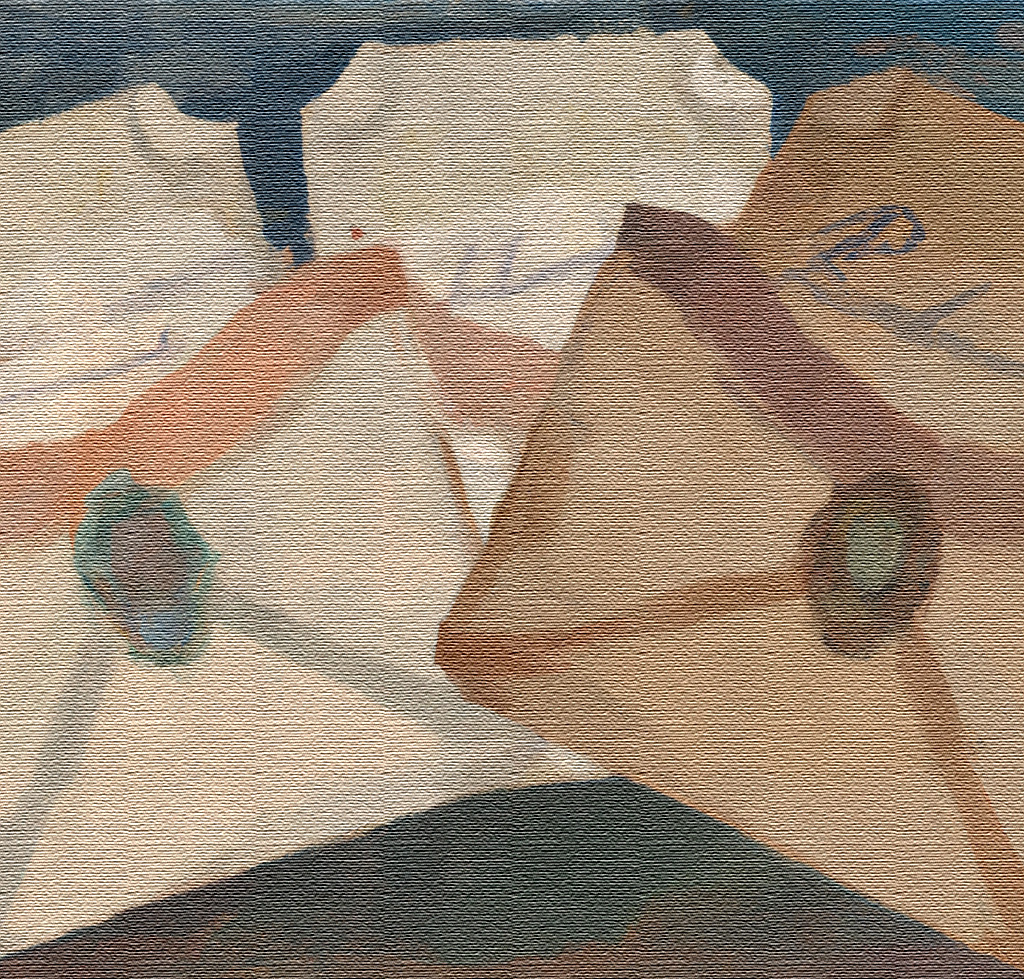
Salvi used Ibarra’s letter as basis for forgeries that would implicate Ibarra as leader of an uprising in San Diego. The forgeries would be judged as fakes but Ibarra goes to jail because of the original letter. If it seems incredible for a love letter to send a man to jail, consider the advise of Elias: “Burn every letter written by you or to you—the most innocent thing may be wrongly construed.”
Self-sacrifice
As MC recuperates, Salvi brings her the news that Ibarra’s excommunication will be lifted if Ibarra apologizes to Damaso. MC decides she cannot ask this of Ibarra.
MC explains to the fugitive Ibarra when they meet for the last time. “What more was left for me to do? Could I perhaps tell you who my father was, could I tell you that you should beg forgiveness of him who made your father suffer so much? Could I ask my father that he forgive you, could I tell him that I knew that I was his daughter — him, who desired my death so eagerly? It was only left to me to suffer, to guard the secret, and to die suffering!
Every tragic character in literature has a tragic flaw that unleashes a series of sad events. MC’s noble sense of self-sacrifice is the cause of her tragedy.
A Cascade of Tragedies
Toward the novel’s end, MC thinks Ibarra is dead and she decides to enter the nunnery. When she seeks permission from her doting godfather Padre Damaso to enter the cloister, she never confronts him about her paternity.
Damaso tries to dissuade her from her decision. “I prefer to see you unhappy in the world rather than in the cloister. Here, your complaints can be heard. There you will have only the walls.” When he finally gives his blessings, MC kneels and kisses his hands.

“God does exist, since thou chastises! But let thy vengeance fall on me, harm not the innocent. Spare my daughter!”
— Padre Damaso’s thoughts as he leaves Maria Clara after permitting her to enter the cloister
from the Noli Me Tangere, image by DALL-E AI.
The victims of MC’s self-sacrifice are the people she loves. Ibarra is ruined, her father Tiago became depressed and addicted to opium, and Damaso, saddened by her choice and his new assignment, dies. Only Salvi, whom she detests, benefits from the carnage
Maria Clara the powerless
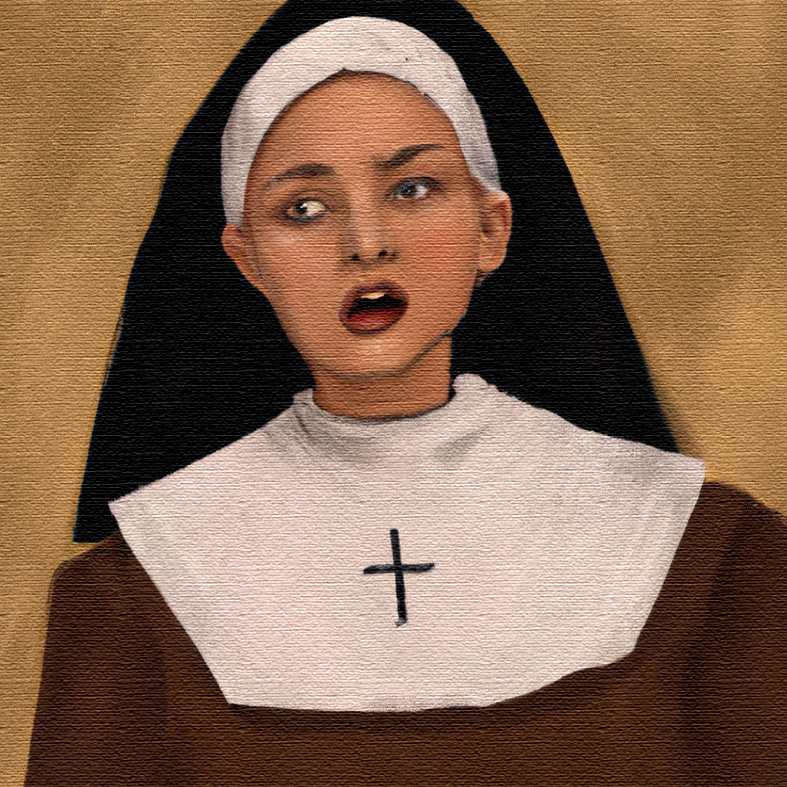
“It is said that one of these nuns, who appeared in a gown all wet and torn, with tears and tales of horror begged the man’s protection against the outrages of hypocrisy.“
— Narrator from the Epilogue of the Noli Me Tangere, image by DALL-E AI.
MC chose a 19th century solution to her problem. She became a contemplative nun, thinking she would find succor in the cloister. The convent, after all, was a world where she had grown up in. Instead of finding peace there, however, Padre Salvi abused her. She protested to a government official, but the abbess turned complicit and called her a madwoman. Her fellow nuns did not stand up for her. With reports of abuse by priests around the world that emerged in the past century, a story like hers rings true.
The Noli closes with the statement that nothing more was heard from MC. She became powerless and silent.
“I am starting the revolution, because only a revolution can open the doors of the nunneries,” said Simoun, the alter ego of Ibarra in the sequel, El Filibusterismo. But he was too late. She died on the day the revolt was to start. Rizal snuffed out any chance for the reader to imagine a happy ending for her.
Dead. Mute, forever?
How could Rizal leave us with such a tragic end for his heroine? Why did he give us a Maria Clara with a fate we would not want for ourselves?
On the surface, it seems like Rizal was scaring the women of his generation from entering the nunnery. But Rizal, through Basilio, shows a different intention.
“When a people cannot offer its daughters a tranquil home under the protection of sacred liberty, when a man can only leave … slavery to his children, you do well to condemn yourself to perpetual chastity, stifling within you the germ of a future generation accursed!”
—Basilio in El Filibusterismo
Rizal aimed to jolt his readers into striving for a Philippine society where nuns and all Filipinos lived in environments without the likes of a Padre Salvi. He wanted a cloister where nuns could and would complain — and refuse an abusive superior. He wanted a society with institutions that would not allow someone to become a Salvi.
Maria Clara was, once upon a time, vibrant and brave. She protested but was silenced. 136 years after the Noli Me Tangere’s first print, Maria Clara the tragic remains relevant. She is Rizal’s reminder that we ought to lend our voice to the powerless and to strive for a society where no Filipino is a slave.
—- ⬤ —-
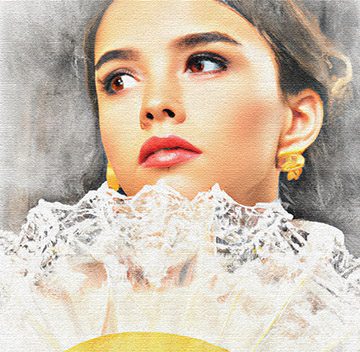
Side Notes…
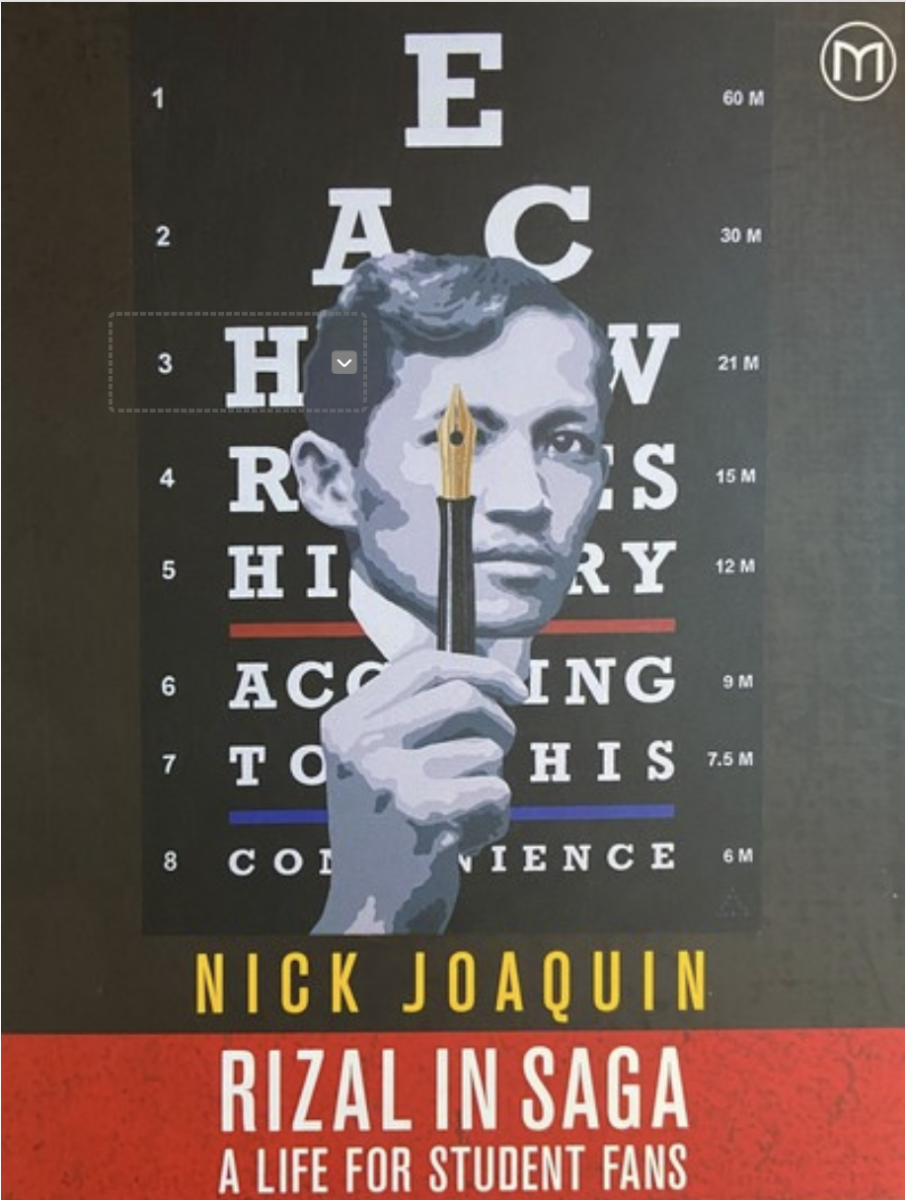

Maria Clara entered the cloister of Sta. Clara. The convent was under the Franciscan Order to which Padre Damaso and Padre Salvi belonged. In THE FRANCISCANS IN THE LIFE AND WORKS OF JOSE RIZAL, Franciscan Cayetano Sanchez discusses the real priests who may have been the basis for Rizal’s characters.
I think Rizal chose to vilify the Franciscans because St. Francis lived in poverty but some friars in the 19th century lived a life of excess. Rizal exemplified the Franciscan’s failings with a plate of soup. While St. Francis would have been grateful for a meager serving of a chicken neck and a tough wing, Damaso ate little and then noisily dropped his spoon and roughly pushed away his plate. The Franciscan Order policed their ranks after Rizal’s criticism. The Order kept silent regarding Rizal’s novels and as a sign of respect, the Order stayed away from Rizal’s execution.
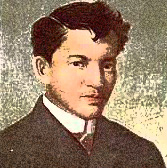
My favorite quote by Rizal:
“Why independence, if the slaves of today will be the tyrants of tomorrow? And that they will be such is not to be doubted, for he who submits to tyranny loves it.“
— Padre Florentino speaking to the dying Simoun in El Filibusterismo
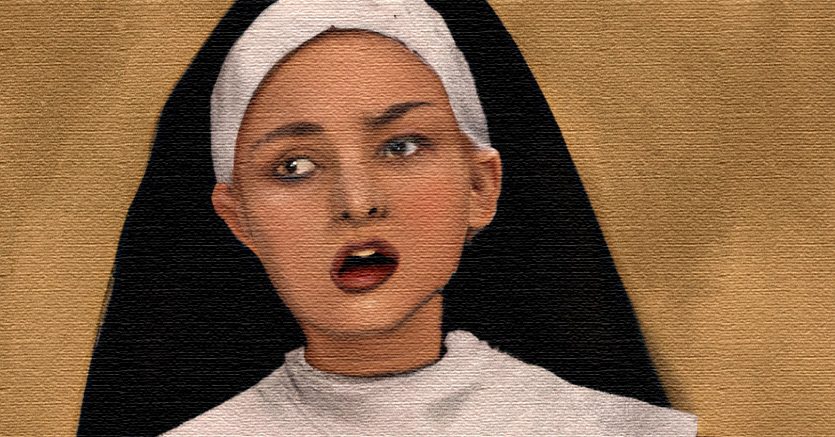
Leave a Reply